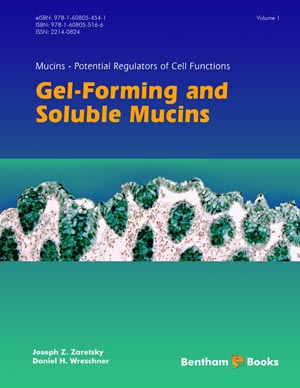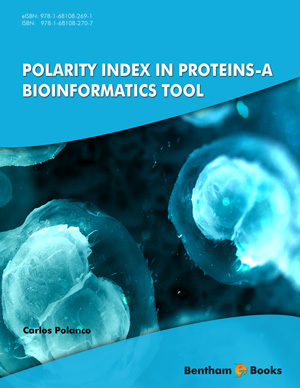Abstract
Nature employs multiple repeat protein scaffolds in order to promote protein-protein interactions. In this sense, TPR proteins participate in different natural pathways, especially in diverse processes of eukaryotic cells. An important aspect for cellular homeostasis is the maintenance of the folding of recently synthesized peptides as well as all mature proteins such as SHRs. Since, an aberrant protein folding drives loss of function, this effect induce the expression or modulate the function of molecular chaperones. Hsp90 and Hsp70 with the cooperation of cochaperones are involved in the stabilization of several proteins implicated in signaling, and in the tumor phenotype of various cancers. Therefore, cochaperones are essential component of the cytosolic Hsp90 folding pathway, since their function comprises targeting clients to Hsp90, modulating their conformational changes or Hsp90 ATPase activity. The scientific knowledge in the properties and structure of chaperones and the searching of compounds that can modulate their function on different cellular mechanism has became remarkably important in the treatment of diverse diseases specially those in which a protein mechanism is involved. A description of diverse structural aspects of Hsp90-TPR cochaperones interaction in the context of SHR, as well as a structural comparison of different isoforms of Hsp90 is presented in this chapter. Besides, the primary and new biotechnological approaches inhibiting Hsp90 interactions are also discussed, since Hsp90 and its interactions have become the main targets for inhibiting the growth of specific tumor types.
Keywords: TPR domain, TPR protein structure, Hsp90-TPR protein interaction, Hsp90 cochaperones, Protein folding, Steroid hormone receptor, Hsp90 inhibitors.











